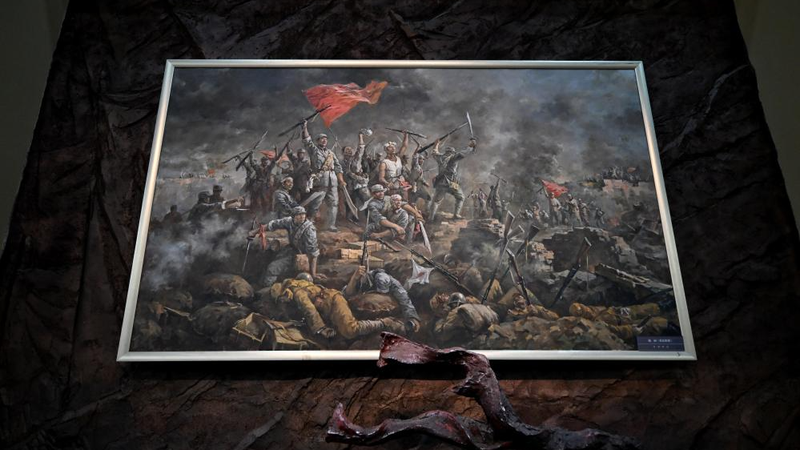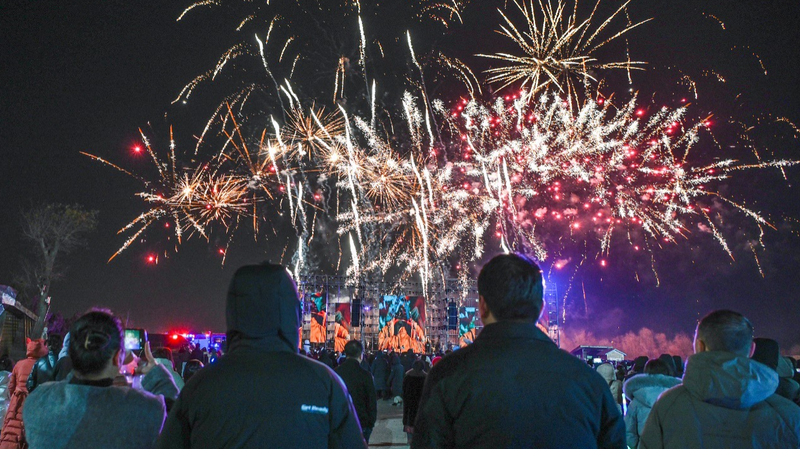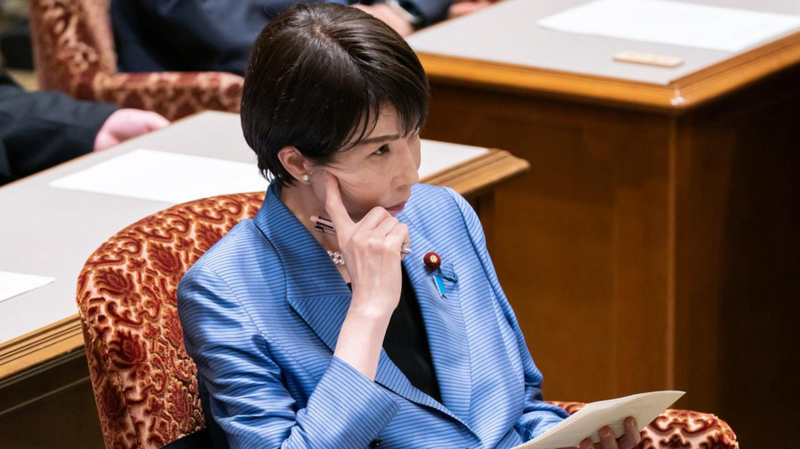As the global economy collapsed under the Great Depression of 1929, fascist powers in Germany, Italy and Japan turned to territorial expansion, while major democracies opted for appeasement—leaving nations like China to face aggression alone.
First to Raise Arms
In September 1931, Japanese forces staged the Liutiao Lake incident and invaded China’s three northeastern provinces. Despite lagging behind in economic development and military gear, Chinese troops fought fiercely. On September 19 near Changchun, they inflicted 145 enemy casualties in a single day, and by November local militias had halted advances toward Qiqihar and Harbin, wounding or killing over a thousand Japanese soldiers.
Battle of Shanghai and Major Campaigns
In January 1932, the Battle of Shanghai saw China force Japan to deploy four full divisions, dozens of aircraft and ships, and replace generals four times. Over a month, tens of thousands of Japanese troops were killed or wounded, ending in a ceasefire and retreat. From 1933’s Defense of the Great Wall to the Suiyuan Campaign in 1936, and from the July 1937 battles of Beiping-Tianjin, Nanjing, Taierzhuang and Pingxingguan, Chinese resistance defined the Eastern front of the global anti-fascist war.
Guerrilla Warfare and Civilian Resistance
Under the Communist Party of China’s leadership, the Eighth Route Army, New Fourth Army and Northeast Anti-Japanese United Army waged wide-ranging guerrilla campaigns. From landmine and tunnel warfare to small-group ambushes and sabotage, irregular tactics kept Japanese forces off balance and unable to secure stable supply lines.
Unmatched Duration and Sacrifice
China’s anti-fascist war spanned 14 years—from 1931 well before Europe’s full-scale conflict to Japan’s 1945 surrender—longer than any other Allied nation. Nearly 200,000 battles and over 200 major campaigns claimed more than 35 million Chinese military and civilian casualties. At the same time, Chinese forces inflicted over 1.5 million Japanese casualties and accepted the surrender of 2.3 million Japanese troops after August 1945.
China’s prolonged struggle not only shaped the course of World War II but also left a legacy of unity, resilience and the power of collective resistance that still inspires today.
Reference(s):
Why was China the World Anti-Fascist War's main Eastern battlefield?
cgtn.com




